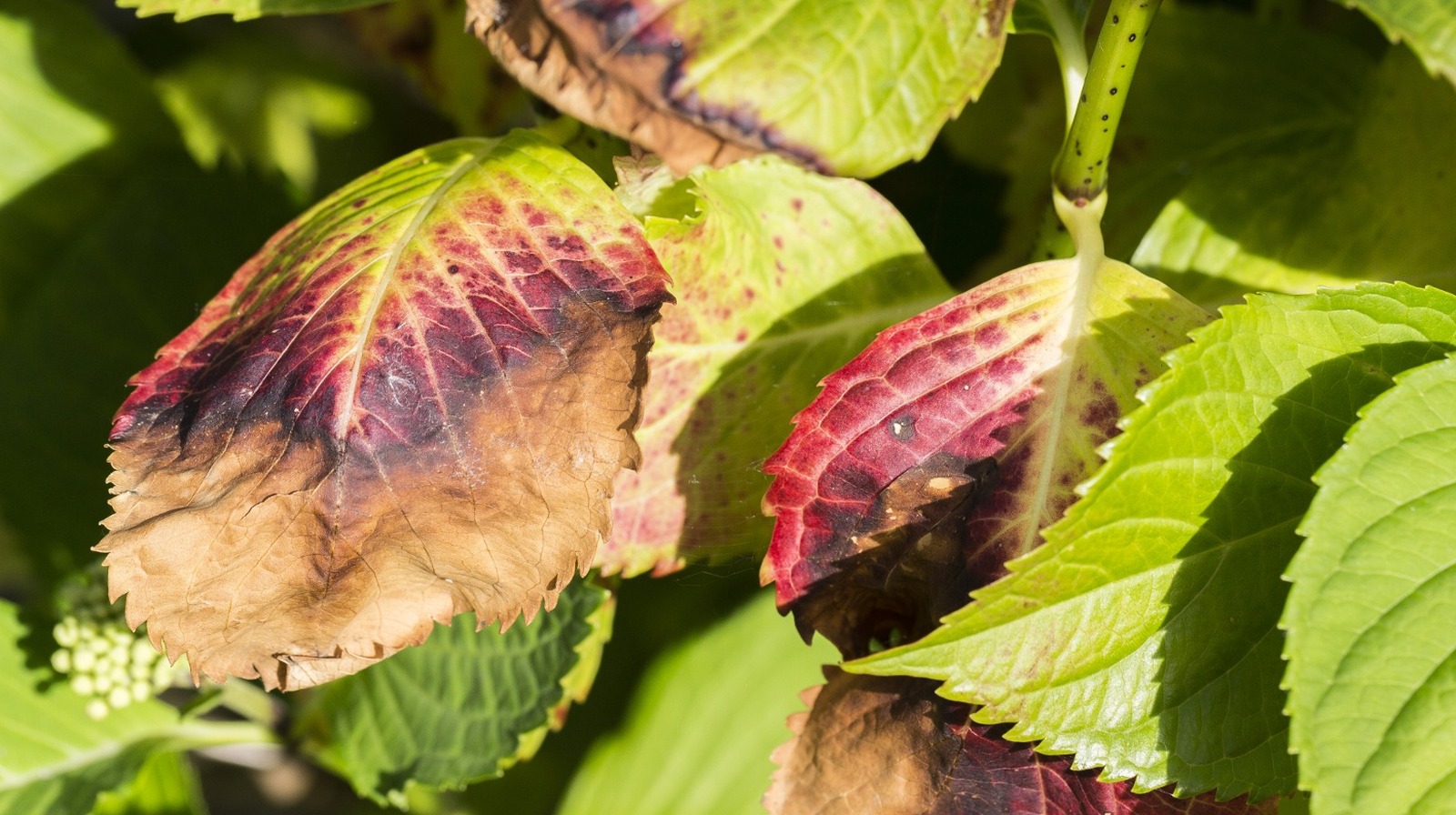Fascination About Hydrangea Leaves Turning Yellow
Table of ContentsThe Ultimate Guide To Hydrangea Leaves Turning YellowThe Single Strategy To Use For Hydrangea Leaves Turning YellowThe Greatest Guide To Hydrangea Leaves Turning YellowThe Greatest Guide To Hydrangea Leaves Turning Yellow
Big leaves often look saggy throughout the mid-day warm. When they fail to perk up in the evening or still look wilted in the early morning, your plant can be overwatered.Eliminate the plant from the dirt and prune out any roots that aren't white and swollen (plump). Replant in a new location or function some sand right into the soil for much better water drainage. Underwatering likewise triggers entrusts to transform yellow with brown, crunchy edges. Don't try to deal with the problem by sprinkling excessively.
Add a little bit of distilled water, mix the ingredients, and drain the additional water. Put a p, H testing strip in and wait for an analysis.
Sphagnum moss or peat moss avoids the dirt from compacting and betters soil drain while likewise raising the dirt's level of acidity. You can scatter sulfur chips in your hydrangea dirt.
See This Report about Hydrangea Leaves Turning Yellow
This is one good reason to repot houseplants on a regular basis (though there are others, such as origin growth for example). It is also why houseplants call for a much stricter feeding routine than most exterior plants. When a hydrangea houseplant lacks nutrients, its fallen leaves will be the first to reveal the indications.

The majority of liquid fertilizer calls for dilution with water to lower the concentration somewhat. You will also need to feed the plant manually and normal intervals. When springtime starts in March, it's the energetic growing season for many houseplants, including hydrangeas. At this moment, you must begin your feeding regimen. Apply liquid plant food to your hydrangea because this things, as I stated previously, is fast-releasing.
The dripline is the area located under the foliage that is the furthest far from the facility of the plant. So rather than applying feed to the facility of the plant it is best to focus it primarily in the external areas of the pot. If you prefer to utilize a slow-release fertilizer such as granular or spike fertilizer, after that cover either type with some soil after you insert them.
Some Known Questions About Hydrangea Leaves Turning Yellow.

Although the hydrangea is surprisingly frost-resistant, when temperature levels begin entering the 20s, the plant is in serious danger. If the temperatures are in the low 10s, that risk is more serious still. Clearly this is more of an interest in exterior plants so if you maintain potted hydrangea outside you should bring them indoors in extremely winter problems or perhaps consider transferring them inside throughout of the wintertime.

A dried hydrangea, A huge problem with several houseplants is origin rot. Origin rot occurs when you overwater a plant and since it is such an usual trouble (especially with succulents) many houseplant proprietors are frightened of overwatering their plants. Hydrangeas call for even more watering that the majority of other usual houseplants and can come to be dehydrated when they are underwatered.
The smart Trick of Hydrangea Leaves Turning Yellow That Nobody is Discussing
They need copious quantities of water, however they likewise despise to grow in standing water or water soaked dirt. Be absolutely sure that your hydrangea is dehydrated due to a lack of water and not due to it be provided excessive water (a lot more on this later). Understand prior to you order that check over here watering can that an overwatered hydrangea displays the exact same signs as an underwatered one! Overwatering is a serious issue if you skimp on its water requirements even a little bit, your hydrangea will certainly be quick to reveal it.
The very best way to figure out if your hydrangea is undersea is to check the wetness levels in the dirt. By utilizing an efficient however low-cost dampness and p, H tester, or by Read Full Report sticking your finger right into the dirt, you will quickly tell if the plant requires water. To get your hydrangea watering practices on the right track, you need to be conscious concerning the moisture degrees in its soil.
When you remove your finger from moist dirt it will certainly have small quantities of soil deposit stuck to it. Dry dirt will imply your finger appears clean or with completely dry dirt that is quickly surprised. If it's damp, and the plant has yellow fallen leaves then the plant has actually likely been overwatered and you will certainly require to adhere to the advice given up the section below.